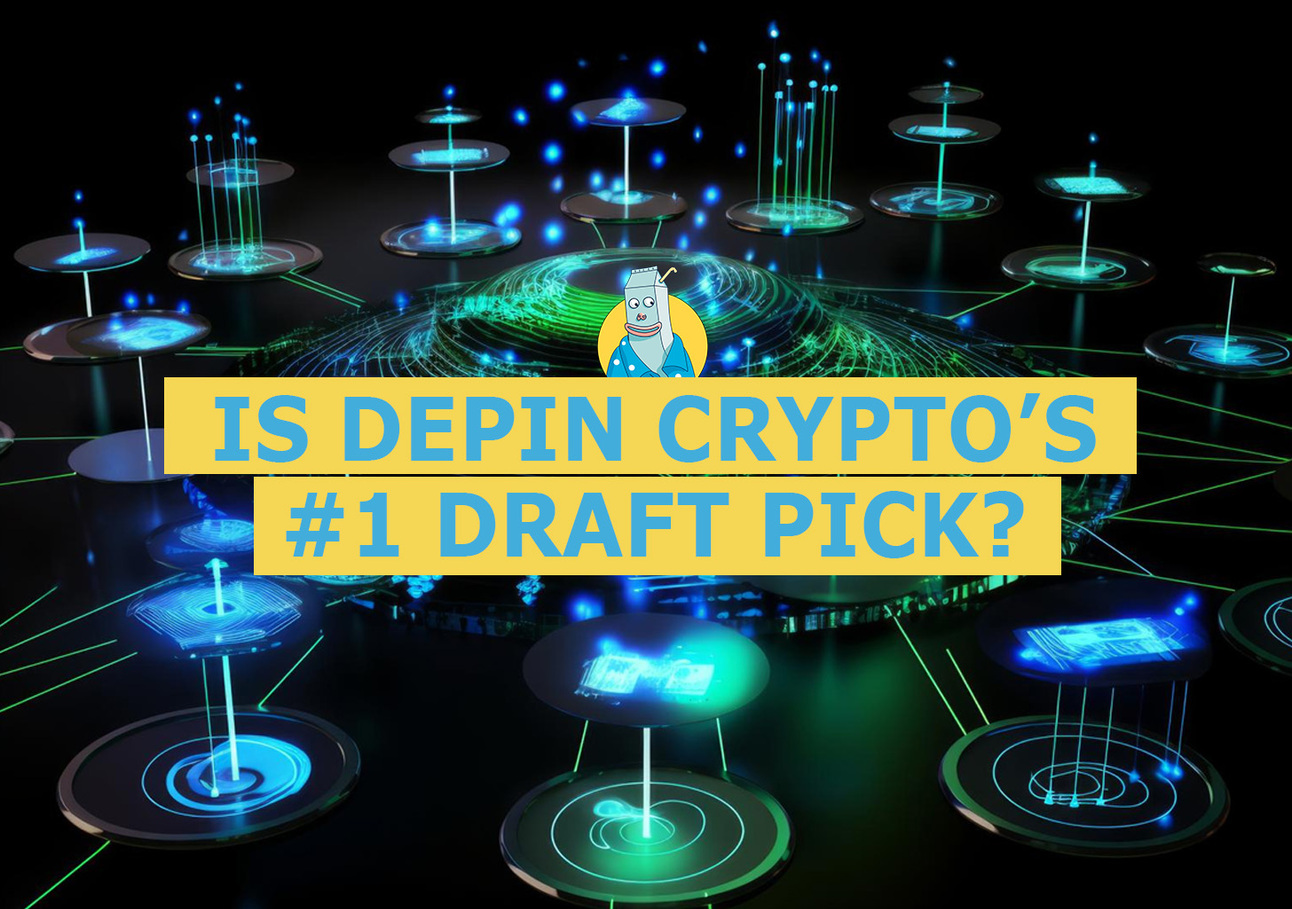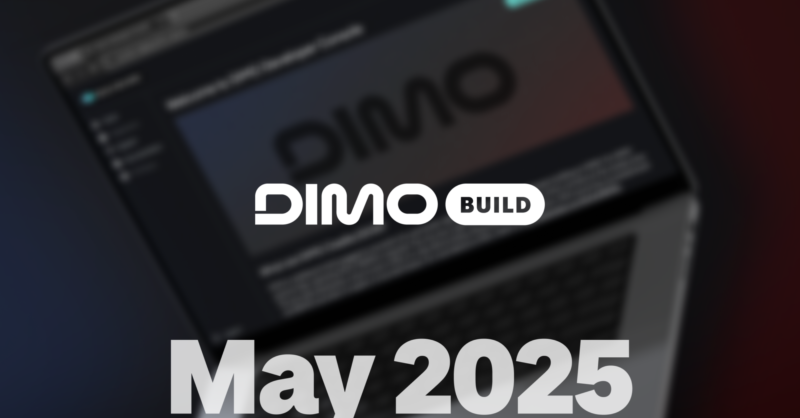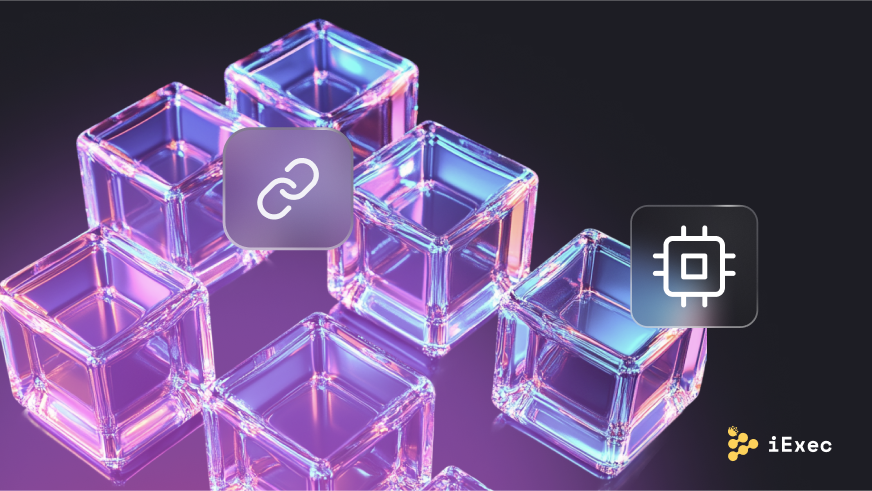Revolutionizing Crypto: DePIN Projects Hivemapper and Helium Leading the Way in Real-World Innovation

Decentralized physical infrastructure (DePIN) projects like Hivemapper and Helium are gaining attention in the crypto world. These projects are revolutionizing real-world problems by incentivizing users with tokens to contribute to infrastructure development. Unlike many ‘hometown heroes’ in the crypto space, DePIN projects are aiming for mass market adoption, making them stand out in the industry. Hivemapper rewards users for video-mapping local streets, while Helium pays individuals to share their 5G internet bandwidth, potentially making mobile service cost-free for some. By utilizing blockchain technology to solve real-world challenges, these projects are setting a new standard for innovation in the crypto sphere. This approach has led to positive growth in the DePIN sector, highlighting the potential for blockchain to address global infrastructure needs.
Related News





